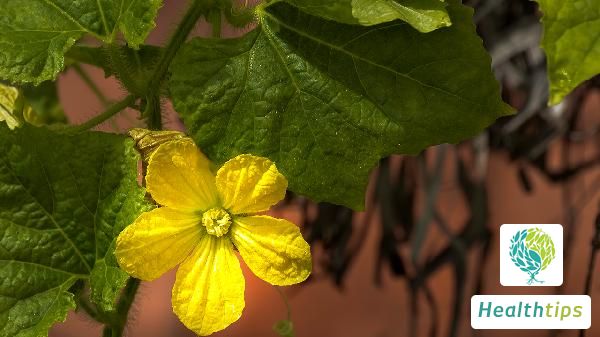"What Causes Itchy Peeling Skin on the Top of the Foot?"
Peeling and itching on the instep may be related to factors such as dry skin, contact dermatitis, eczema, athlete's foot, and pompholyx. It is recommended to seek medical advice for examination and treatment, and proper care should be taken during the treatment period. Detailed analysis is as follows:

1. Dry Skin
Prolonged exposure to high-temperature environments with dry air and inadequate water intake can lead to dry skin on the instep. Lack of regular foot washing can also contribute to peeling and itching. Drinking more water and regularly soaking feet in warm water can gradually improve the condition.
2. Contact Dermatitis
Inferior quality shoes or socks that frequently come into contact with the instep can cause contact dermatitis, leading to peeling, itching, and symptoms of stinging or burning sensations. Upon diagnosis, medications such as calamine lotion, triamcinolone acetonide cream, and mometasone furoate cream may be prescribed.
3. Eczema
Prolonged fatigue or mental stress can trigger eczema on the instep, causing peeling, itching, and symptoms of exudation and stinging. Upon diagnosis, medications like boric acid solution, compound dexamethasone cream, and triamcinolone acetonide cream may be prescribed.
4. Athlete's Foot
Sharing slippers, footbaths, socks, etc., with someone who has athlete's foot can lead to transmission and cause peeling, itching, scaling, and skin lesions on the instep. Upon diagnosis, medications such as ketoconazole ointment, clotrimazole cream, and terbinafine hydrochloride tablets may be prescribed.
5. Pompholyx
Pompholyx on the instep, which may be related to genetic, environmental, or psychosocial factors, can cause peeling, itching, and pain. Upon diagnosis, medications like calamine lotion, zinc oxide ointment, and tacrolimus ointment may be prescribed.
Apart from the above factors, the condition may also be associated with psoriasis. Early medical consultation and diagnosis are essential. During treatment, proper rest, enhanced care of the affected area, maintaining cleanliness, and avoiding excessive irritation are crucial.



















